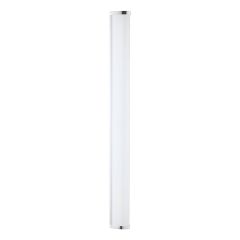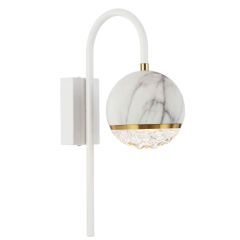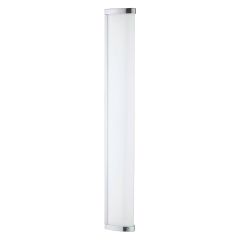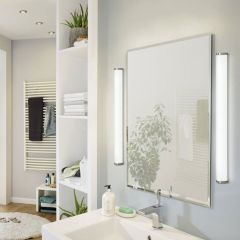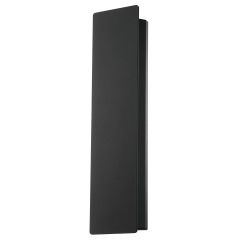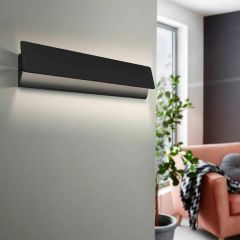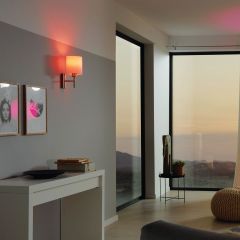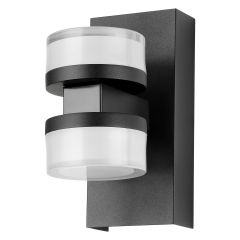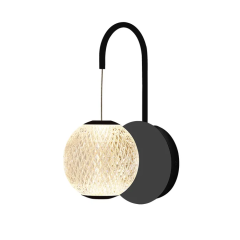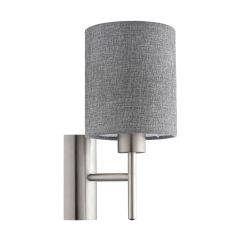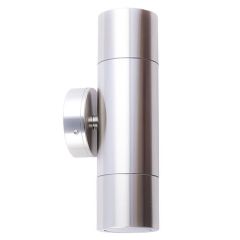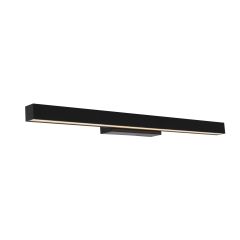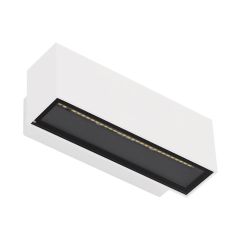1) Pick wall lights that are suitable for your unique lighting requirements
Wall lights can fulfill both practical and decorative roles. When aiming to create a well-lit atmosphere in a hallway or living room, translucent lamps are a suitable choice as they provide a pleasant and diffused light. On the other hand, for task-oriented activities like cooking in the kitchen, wall sconces that offer a focused spotlight effect are more ideal. If your goal is to draw attention to a specific feature, such as an appealing alcove, you'll require a light that is roughly three times brighter than the ambient lighting in the room.
2) Take the time to determine the optimal amount of light required for the room
When deciding on the type, placement, and quantity of wall lights, it's important to consider the existing light in the room, including natural light, and assess the required level of illumination for your wall sconces/wall light. Interior designers widely acknowledge the benefits of incorporating multiple light sources to establish various ambiances within a space, and it is highly recommended to invest in dimmable switches for enhanced lighting flexibility.
3) Consider choosing a wall light that is visually pleasing when positioned at eye level
Typically, wall lights are recommended to be positioned at approximately 1.5 meters above the ground as a general guideline. However, it's important to consider the proportions of your room, as this measurement can vary. Consequently, it becomes crucial to choose a light fixture that harmonizes with the particular room, especially when the top of the fixture aligns with eye level.
4) Make sure to select wall lights that complement the style and decor of the room
It is essential to carefully choose wall lights that enhance and match the style and decor of the room. By selecting wall lights that complement the overall aesthetic, you can create a cohesive and visually pleasing atmosphere in your space.
5) To amplify the lighting impact, consider combining or grouping wall lights together
Certain wall lights can be highly effective when used in pairs. One approach is to position them closely together in the center of a wall, creating a unified and impactful feature while delivering ample ambient lighting. Alternatively, spacing them slightly apart in a hallway or entrance area can generate an appealing design element that serves both as an aesthetic feature and as practical task lighting.
6) Enhance corridor lighting by installing multiple wall lights
If you have a lengthy corridor that requires lighting, installing a sequence of identical wall lights can offer a captivating and atmospheric alternative to using overhead lights. For the best outcome, it is advisable to space these wall lights approximately 25-300 cm apart as a general guideline.
7) Opt for wall lights as a substitute for bedside lamps
By placing matching wall lights on both sides of a bed, you can fulfill the function of bedside lamps without occupying any space on your bedside table.
8) Coordinate wall lights and pendant lights for a cohesive lighting design.
To maintain a consistent style in your room, make sure your wall lights complement the overhead pendant lamps, or carry a cohesive theme across different spaces and rooms in your home. For instance, you can achieve this by coordinating the hallway wall lights with the pendant lights in your living room.













